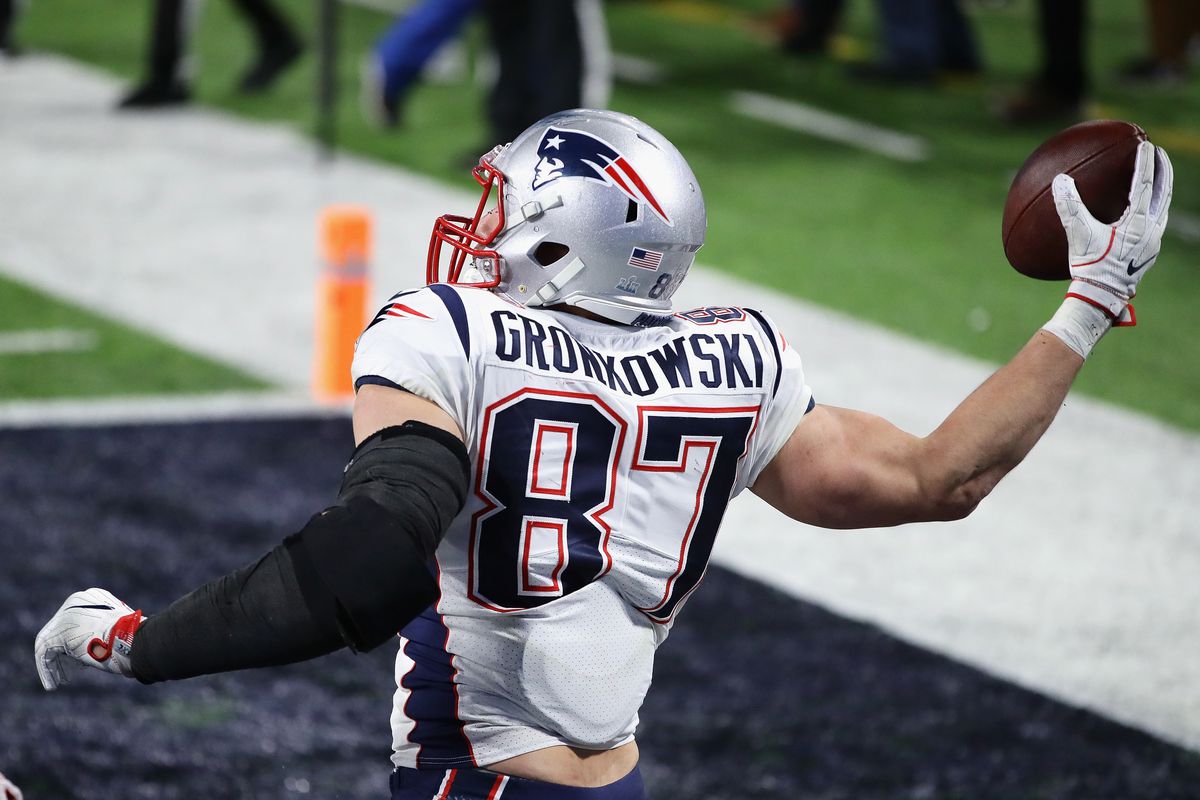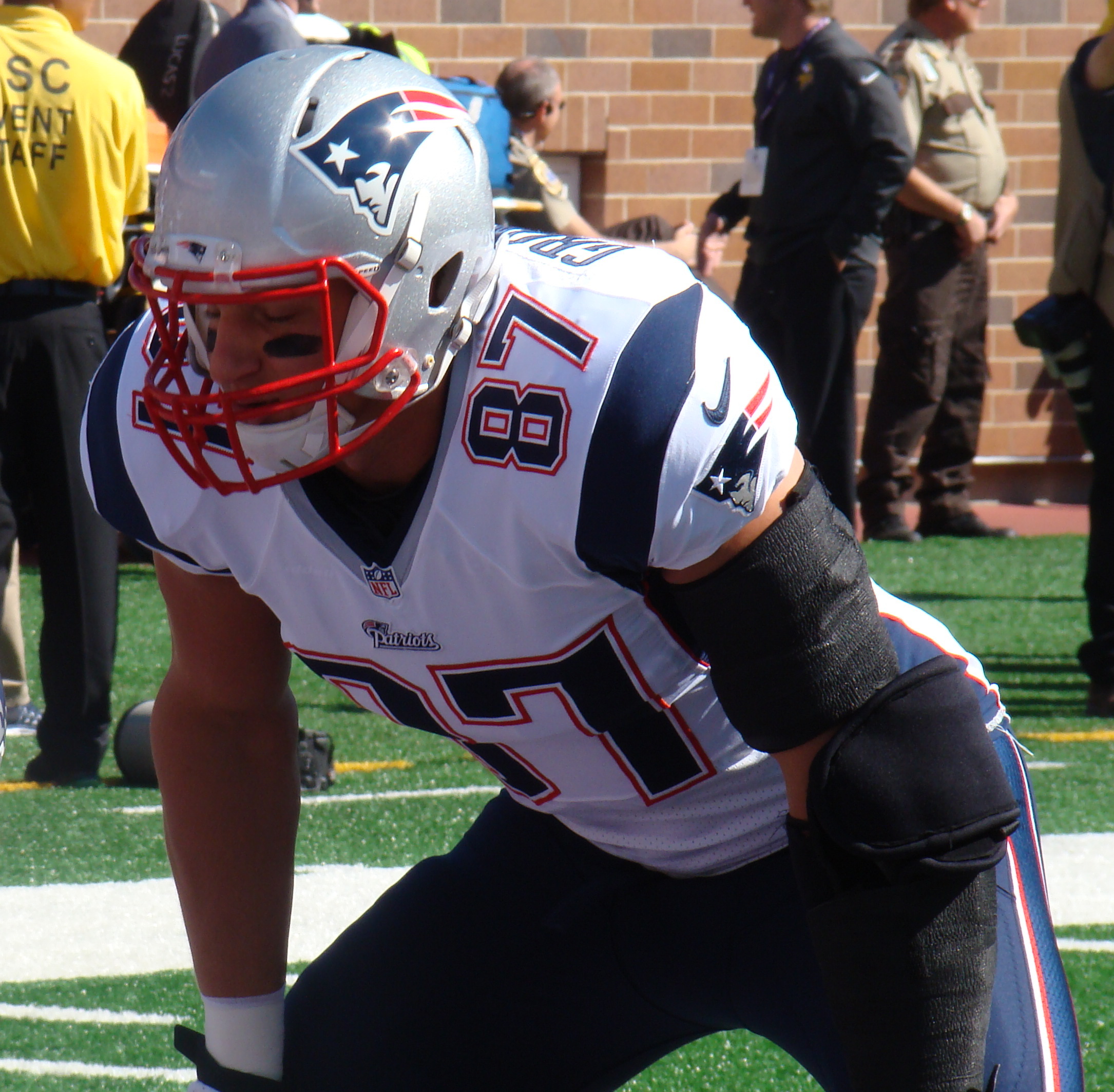Is this the season Andy Reid changes his legacy?
At 61 years old, with 21 years of head coaching experience, his teams experienced incredible regular season success. Of 21 season with the Philadelphia Eagles and Kansas City Chiefs, he only missed the playoffs six times. Most recently, with Kansas City, their regular-season records include:
- 11-5
- 9-7
- 11-6
- 12-4
- 10-6
- 12-4
- 12-4
His teams won 10 division titles and they had an overall 61.8-percent winning percentage. But, even with all of the wins, his teams have still fallen short of the big game. Andy Reid is largely looked at one of the greatest coaches to never win a Super Bowl. He’s been called out for poor clock-management, letting his foot off the gas and losing in critical games. His 12-14 playoff record hangs over any of his feats. And he’s ridiculed for it every, single season.
But, with a Super Bowl victory, he can change all of that and vault himself into a new category of NFL coaches.
Andy Reid’s coaching tree is already better than Bill Belichick’s
Everyone knows Bill Belichick’s success with the New England Patriots is otherworldly. However, his coaching tree produced very few winners. In a recent article by Matt Lombardo of NJ Advance Media, he compared in detail the differences between Andy Reid and Belichick’s legacy of head coaches. In comparison, Reid’s successors are far better in comparison:
Belichick’s Coaching Tree
- Combined Record: 281-330-1
- Playoff Appearances: 8
- Super Bowl Titles: 0
Reid’s Coaching Tree
- Combined Record: 350-307-1
- Playoff Appearances: 19
- Super Bowl Titles: 2
Even without a Super Bowl title himself, Andy Reid’s success lives through his coaching tree. Although, if Reid, Patrick Mahomes, and the Kansas City Chiefs win this year’s Super Bowl, his legacy will boom.
Andy Reid, Offensive Genius
With respect to Philadelphia and Kansas City’s scouting, drafting and signing, Andy Reid’s coached so many offensive powerhouses. It takes only a second to think of incredible playmakers from the Eagles and Chiefs. Donovan McNabb, Brian Westbrook, LeSean McCoy, Terrell Owens, and DeSean Jackson highlight his years in Philadelphia. While Patrick Mahomes, Jamaal Charles, Tyreek Hill, and Travis Kelce are huge in Kansas City.
But, even without the superstars, he’s gotten the most out of every running back and receiver on his teams. He even made Alex Smith look like an NFL MVP. Regardless of the players available, Reid’s teams put up points. 13 of his 21 teams ranked in the top-10 of offensive points per game in their respective seasons. Additionally, nine of them ranked in the top-six in scoring offense.
Now, with Patrick Mahomes at the helm with Travis Kelce, Tryreek Hill, Damien Williams, Mecole Hardman, and Sammy Watkins to utilize, Reid’s offense is at full force. This offensive power was on display in their 51-31 win against the Houston Texans. With a Super Bowl victory, Andy Reid’s genius will be immortalized.
Reid is too good to not have a ring
In his two decades of experience, Andy Reid amassed 207 wins, 10 division titles, and one Super Bowl appearance. In terms of head coaching success, Reid ranks seventh all-time in regular-season wins. Don Shula, George Hala, Bill Belichick, Tom Landry, Curly Lambeau, Paul Brown and Marty Schottenheimer each join him in the 200-plus win club.
Despite his exceptional company, he is the only one of them without an NFL title. This Super Bowl victory would vault him into the discussion of a future Hall of Fame coach.
Andy Reid has the wins. He’s known as an offensive genius. Any layman can name countless elite players from his teams. All he needs is two more wins to get the respect he deserves.








